 I, like most of the world, always understood Bram Stoker’s Dracula to be a work of fiction. Seminal in the horror genre, surely, but entirely the product of Stoker’s imagination. I stopped believing this in or around the summer of 1997, when, between jobs and trying to make the rent on a two‐bedroom apartment on Carmen Avenue in Uptown Chicago, I answered a classified ad placed by the University of Chicago in The Chicago Reader for a seasonal position.
I, like most of the world, always understood Bram Stoker’s Dracula to be a work of fiction. Seminal in the horror genre, surely, but entirely the product of Stoker’s imagination. I stopped believing this in or around the summer of 1997, when, between jobs and trying to make the rent on a two‐bedroom apartment on Carmen Avenue in Uptown Chicago, I answered a classified ad placed by the University of Chicago in The Chicago Reader for a seasonal position.
This wasn’t academic work, but a reorganizational project of the reference stacks at the university’s Regenstein Library. This still makes it sound overly important though. In effect, I and about ten other part‐timers were carrying boxes to and from the basement under the direction of a perennially bored student intern. It was backbreaking work, and tedious, but ultimately not without its reward.
In the course of the job, in one of the Reg’s two basements, I happened across a dust‐covered box of unopened packets postmarked from Purfleet, dated 1936, and addressed to the head of the archaeology department.
The label on the box had it earmarked for the library’s Ravenwood Collection, but it had somehow been physically separated and omitted from the catalog. It had sat forgotten on the back of a shelf of totally unrelated material for at least half a century.
I have a curious nature when it comes to old things, and a knack for staying out of the way of supervisors, which was easy in the maze of the Reg with only a disinterested intern to answer to. Though I knew it could possibly cost me my job, I managed to pop one of the manila packets open with my apartment key and shimmy the old yellow papers out for a look on my lunch break, a ritual I would repeat without fail innumerable times on that job.
What I read shook me to my core. I say this without exaggeration.
Dr. Abraham Van Helsing, that stalwart vampire hunter I had seen depicted in countless films and comic books, portrayed by everybody from Peter Cushing to Mel Brooks, was real.
It was like finding the logbook of the Pequod written in Ahab’s hand, or reading Joseph of Bethlehem’s name on a Roman census roll from the Augustan Age.
But the figure that emerged while studying these papers (and from fact checking later among the Reg’s microfilm collections and via long years of independent research), was no two dimensional crossbow wielding, fanatical monster hunter, but a substantial man of letters, a serious academic, a contemporary and associate of Flinders Petrie, T. E. Lawrence, Dr. Martin Hesselius, Madame Blavatsky, Max Muller, and a host of other scholars I (as a woefully undereducated liberal arts student) would only come to know later as I studied the man himself. He pitted his learning against the supernatural not by choice, but by chance,
though his name has become inseparable from that pseudo‐scientific offshoot, that embarrassing cousin of natural science now thought of as ‘paranormal investigation.’
 Not only was Van Helsing real, but so was Dr. John Seward, Jonathan and Mina Harker, Arthur Holmwood, and Quincey P. Morris (whose brother’s grave I once visited at the old Fairview Cemetery during a research trip to Bastrop, and whose Bowie knife, the very same one he sank into Count Dracula’s heart, was anonymously donated to, and is still innocuously displayed at, the Autry Museum here in Los Angeles).
Not only was Van Helsing real, but so was Dr. John Seward, Jonathan and Mina Harker, Arthur Holmwood, and Quincey P. Morris (whose brother’s grave I once visited at the old Fairview Cemetery during a research trip to Bastrop, and whose Bowie knife, the very same one he sank into Count Dracula’s heart, was anonymously donated to, and is still innocuously displayed at, the Autry Museum here in Los Angeles).
It’s hard to prove this, of course, outside of the papers, as most of the major participants in the Dracula affair faded into intentional obscurity, with the exception of Quincey Morris (who died) and Van Helsing himself, whose total eradication from academic record is almost Egyptian in its totality.
But he did live. One of my prized possessions is a 1907 Dutch edition of Arminius Vembrey’s Western Cultures in Eastern Lands, one of Van Helsing’s rare translations, which I unfortunately can’t even read.
If I can confirm the existence of Van Helsing with a little research, then what about the things Van Helsing claimed to have encountered in his travels? Vampires. Werewolves. Ghosts. There are things Van Helsing says he tangled with which would make cryptozoologists and theologians alike faint dead away.
Now you see why I say I was shaken up.
But, you might say, the man spent time in a lunatic asylum. Who’s to say he didn’t write all his memoirs as some kind of therapy while convalescing?
Well, mainly because of the corroborative writings by outside parties. The papers collected with Van Helsing’s journal entries (newspaper clippings, personal diaries, correspondences), some provided by the professor, some by Seward, and some gleaned from my own personal research into primary source documents, bear him out every time. It’s unlikely that Van Helsing’s writings are entirely fictional when they are substantiated by so many people from so many diverse backgrounds and stations.
For me, the world became an exponentially bigger place in 1997, squinting in the dim light at old typeface with the musty smell of antiquity in my nostrils.
I knew I had to continue Dr. Seward’s work, see his ambition fulfilled, and tell the world about Van Helsing. As the forward to this book points out, Abraham Van Helsing’s longtime friend and colleague Seward first intended the initial volume of the late professor’s writing to see the light of day in 1935, seventy seven years ago.
For whatever reason (Seward suggests active resistance by the academic community, though by this time he was himself embittered toward the establishment), he failed to secure a publisher, possibly in the eleventh hour.
Seward continued to pursue the book’s publication for the next five years, soliciting literary agents on both sides of the pond and mailing facsimiles to many of Van Helsing’s former academic associates in the hopes of gaining professional support.
A succession of personal tragedies hindered his efforts, however. His wife of thirty‐five years was sadly killed in the Battersea Park railway crash of 1937. Then, in 1938, the asylum in Purfleet he had co-founded and administered for close to fifty years closed its
doors, forcing him into a retirement he had long resisted.
You have to admire the dedication of Dr. Seward, who from his writings and personal correspondences seemed to really feel he owed Van Helsing a debt. Seward was one of the parties who willingly provided personal records (in his case, phonographic recordings, mostly pertaining to his patient, R.M. Renfield) to Bram Stoker, which Stoker then used in the publication of his ‘novel’ Dracula in 1897.
Excerpts from Van Helsing’s personal journal were included in that book (translated from Dutch, as are the ones that appear in these papers, by Seward), but among the descendants of Lord Godalming, there is still some question as to whether these pages were obtained with the professor’s consent, or at least with his full understanding that they would be made public. Holmwood himself believed the account compiled by Stoker under the direction of the Harkers was solely intended for the edification of their young son Quincey.
 The Holmwood family, in point of fact, assert that the fragments from Van Helsing’s journal of the 1890 period are believed by them to have been copied by Seward himself during the professor’s stay at Purfleet Asylum, or else by one of Seward’s staff. The reason for this, the Holmwoods claim, was monetary. It is known that the asylum was in dire straits financially at the outset, and that it experienced a substantial economic turnaround in 1898, a year after the publication of Dracula.
The Holmwood family, in point of fact, assert that the fragments from Van Helsing’s journal of the 1890 period are believed by them to have been copied by Seward himself during the professor’s stay at Purfleet Asylum, or else by one of Seward’s staff. The reason for this, the Holmwoods claim, was monetary. It is known that the asylum was in dire straits financially at the outset, and that it experienced a substantial economic turnaround in 1898, a year after the publication of Dracula.
As Seward wrote, Van Helsing had been ostracized by the academic world for appearing in Dracula. Even some colleagues who had previously shared in his adventures turned their backs on him publicly when their own reputations were endangered.
 Everyone suffered a small degree of embarrassment at the hands of Stoker, of course. Lord Godalming was branded an eccentric, which was sort of inconsequential to an English lord. The Harkers were a private people, not well known in the first place. Being that publication was mainly their idea, and they shared in Stoker’s profits and raised their son comfortably on residuals (under a new surname, legally petitioned for by Jonathan), it was little to them. Dr. Seward, by his own admission, deflected any criticism from his peers by pointing out the fact that Dracula was labeled as fiction, and claimed in private circles at the time to have nominally participated in it as a favor to Stoker, or as a lark. He wasn’t known much outside the psychiatric community, and not well regarded outside of London, at that.
Everyone suffered a small degree of embarrassment at the hands of Stoker, of course. Lord Godalming was branded an eccentric, which was sort of inconsequential to an English lord. The Harkers were a private people, not well known in the first place. Being that publication was mainly their idea, and they shared in Stoker’s profits and raised their son comfortably on residuals (under a new surname, legally petitioned for by Jonathan), it was little to them. Dr. Seward, by his own admission, deflected any criticism from his peers by pointing out the fact that Dracula was labeled as fiction, and claimed in private circles at the time to have nominally participated in it as a favor to Stoker, or as a lark. He wasn’t known much outside the psychiatric community, and not well regarded outside of London, at that.
But Abraham Van Helsing, when confronted by his detractors, out of personal honor or perhaps naivety, denied nothing (note these events will be better understood and brought to light in a subsequent collection).
And that wasn’t the end of his exploits, nor even, as I found, the beginning.
Van Helsing, by his own assertion (records are scant), was born in 1834 in Natal, South Africa to Voortrekker Arjen Van Helsing and his German wife, Konstanze Gottschalk. He died in Holysloot, North Holland in 1934 (This can be confirmed. I’ve seen his death certificate.)
In between that time he was a seminarian, a husband and father, a Boer farmer, a scientist, a field scout and interpreter, a medical doctor, a philosopher, an amateur archaeologist, a mystic, a respected lecturer, instructor, and a world traveler.
It took me nearly thirteen years of fact checking and emailing, meeting and compiling (to say nothing of legal wrangling over the authenticity and ownership of the papers themselves) to release the first installment of the Van Helsing papers in accordance with the late professor’s initial wishes.
In the end I was reluctant to do so. My own career after all, has been in novels, and in doing this I risk consigning the professor’s true history to the realm of speculative fiction, just as Bram Stoker did (albeit unwittingly – Stoker believed the papers he transcribed and polished to be works of amateur fiction).
Yet I can only humbly submit the first collection of these documents and ask that the reader overlook the presenter and see the truth within. We are obliged to put out the stories that come to us.
Dr. John Seward’s own efforts at vindicating his friend were cut short on September 7, 1940, when the German Luftwaffe initiated operation Loge and he was killed in the first strike of the London Blitz.
It is my hope that I, in accidentally uncovering these documents and laboring to continue Seward’s work, have been passed his torch, and that in publishing them, I have at last done right by both men.
Terovolas, culled from The Van Helsing Papers (1891) will be out from JournalStone Publishing November 16th. You can get the ebook version right now. An excerpt can be read here.
The book can be purchased on Amazon or directly from the publisher here.
http://journal-store.com/fiction/terovolas/
A FINAL NOTE: I’d like to apologize to readers, but due to an unfortunate mishap on my part, paperback editions of Terovolas will be shipped without a footnote which explains a recurring reference Van Helsing makes to Lucy Westenra’s having wed Arthur Holmwood a day before her death. This in itself, is not a mistake. Yet to be published accounts among Van Helsing’s papers do in fact bear this out, though the event was deliberately excised from Bram Stoker’s novel, for reasons which will become clear when the relevant papers see the light of day. The blame lies solely with myself, a fiction writer’s first foray into non-fiction.
Mea culpa,
EME












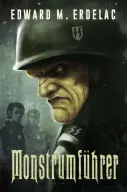



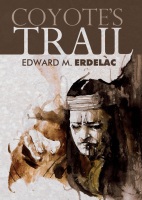


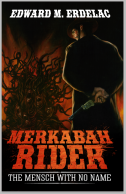



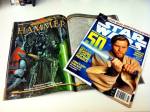




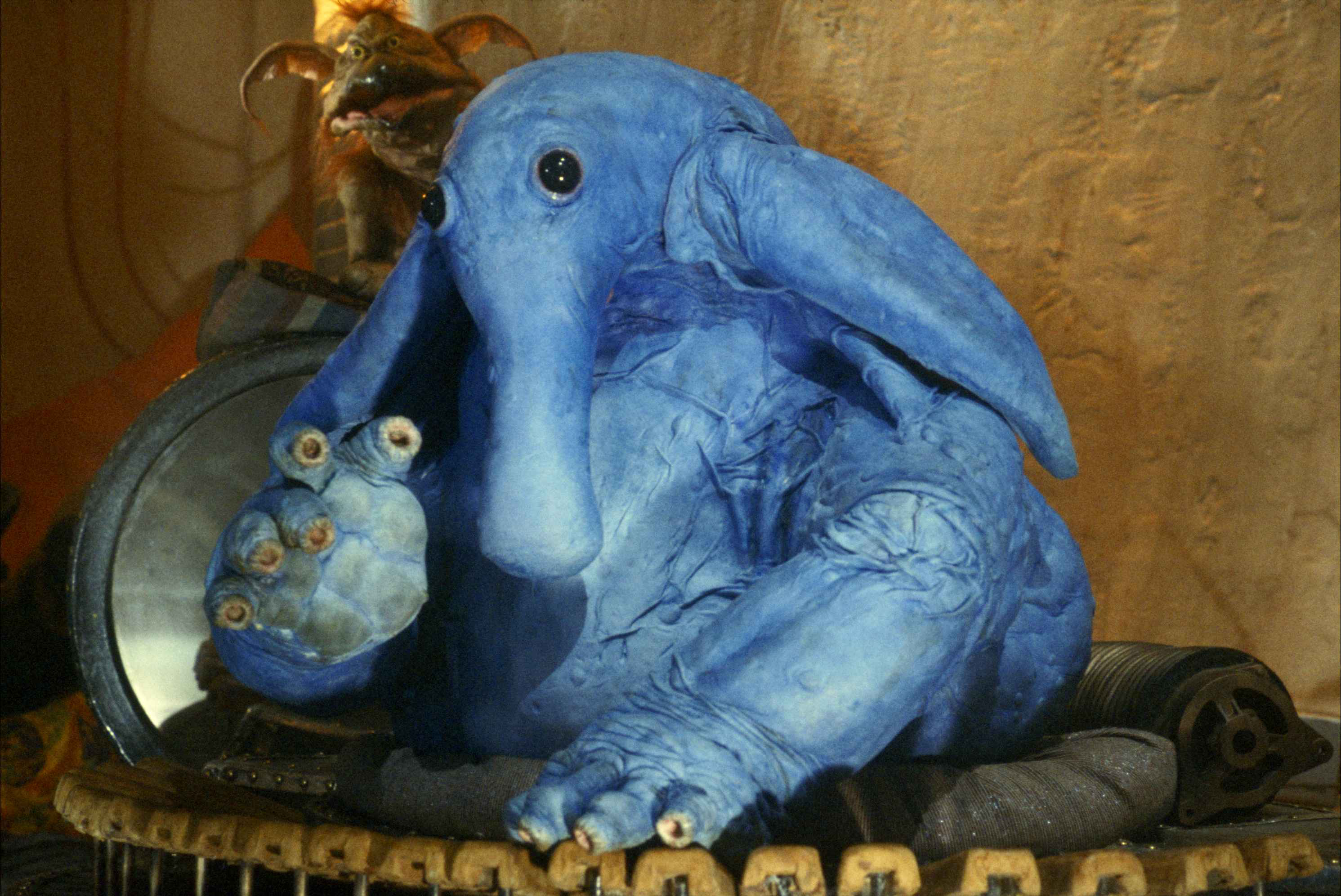

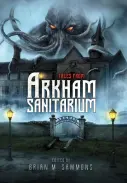


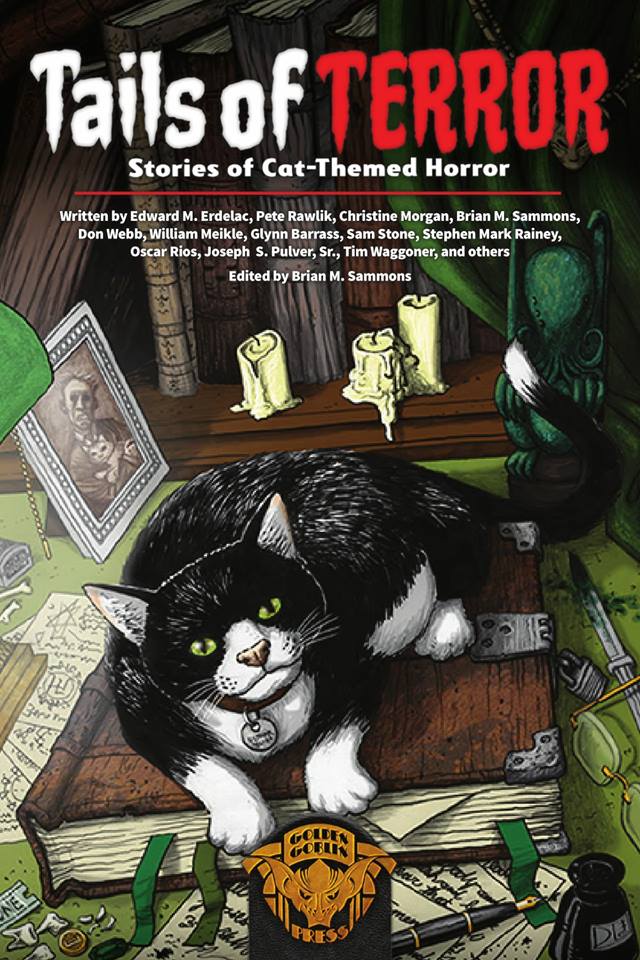




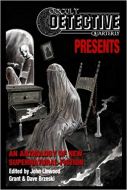
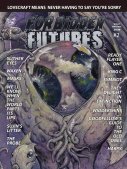






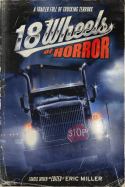
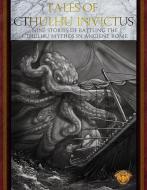
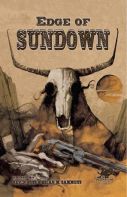








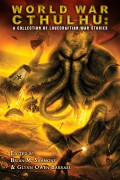



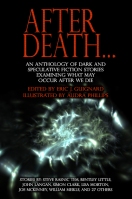










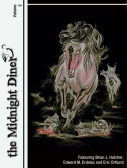
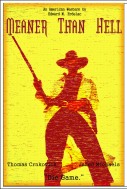




I truly thought this was serious at first.
A great, solid piece of work on TEROVOLAS. Would love to see more like this with adventures of Van Helsing.